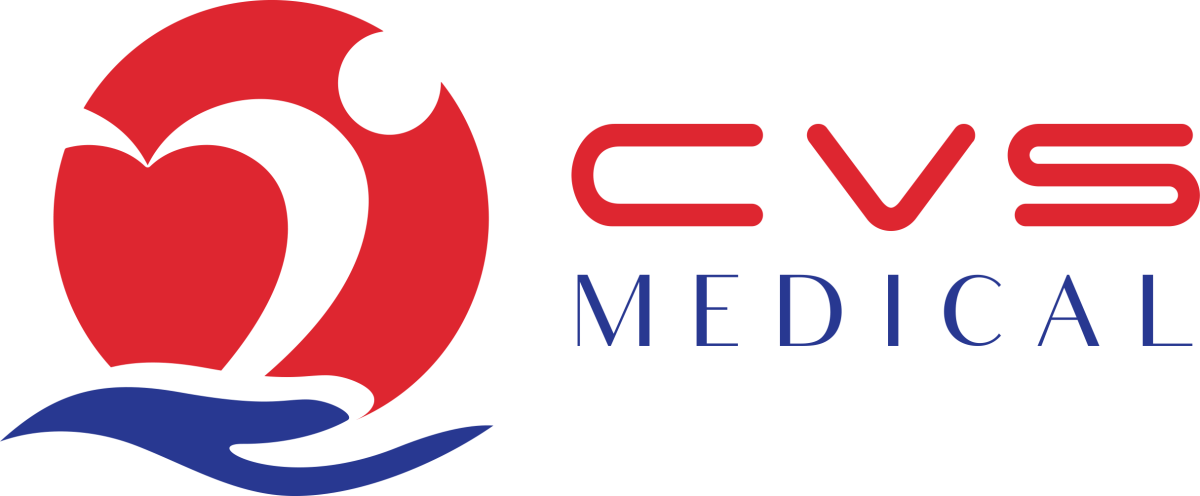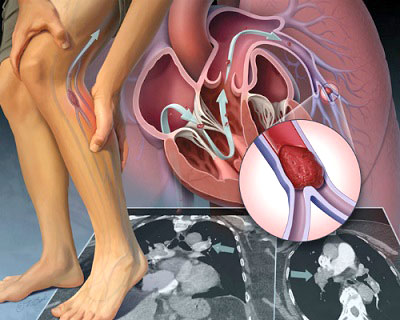In vascular interventional radiology in general and peripheral revascularization in particular, there are many types of consumables used, with extremely rich names, shapes, sizes, and features. Depending on the specific injury, the patient’s location, the condition of the blood vessels and the experience and habits of the doctor, the tools used are also different.
A basic list of consumables used in the revascularization procedure of lower extremity artery stenosis can be listed as follows:
Instrument to open the way into the lumen
1. Arterial Needle
Angioplasty needles for general interventional procedures are usually Seldinger needles or modified Seldinger needles, 18G diameter, which may or may not be barreled.
However, for the intervention of revascularization of peripheral artery stenosis, because the vessel wall is often atherosclerotic and loses its elasticity, it is now common to use a set of micropuncture needles with a diameter of 21-22G. Using a micro-needle will reduce the degree of trauma to the vessel wall as well as the risk of dissection, detachment of atheroma, bleeding…
 |
 |
| Cook Medical (Cook Medical) | Needle figure, guide wire, dilator |
2. Introducer, sheath
Intravascular guide sets commonly used for all vascular interventions are generally short, 5-6Fr in diameter, usually 10-12-15cm in length.
In the femoral, popliteal, and sub-knee revascularization intervention, often combined with a long sheath, the diameter is usually 4-5-6 Fr and the length is 55-70cm.
 |
 |
| Conventional lumen guide (sheath) | Long-sheath guide |
Instrument to close the path into the vascular lumen
1. Regular ep tape (manual compression)
In the majority of cases after endovascular intervention, the closure of the artery is done by routine compression technique, which can be done by hand or by using some mechanical aids.
 |
 |
| Kit to assist in closing the line into the vascular cavity by routine pressing | Routine compression of the right femoral artery with mechanical support |
2. Closing devices
In some cases, closure of the vascular lumen by routine pressure is difficult (obese patients, abdominal obesity, ..) or irritable patients, unable to immobilize the thigh for 8-12 hours, or Patients at high risk of bleeding may need to use an arterial bypass kit. There are many different types of vascular access kits, with different mechanisms of action and characteristics.

 Tiếng Việt
Tiếng Việt
